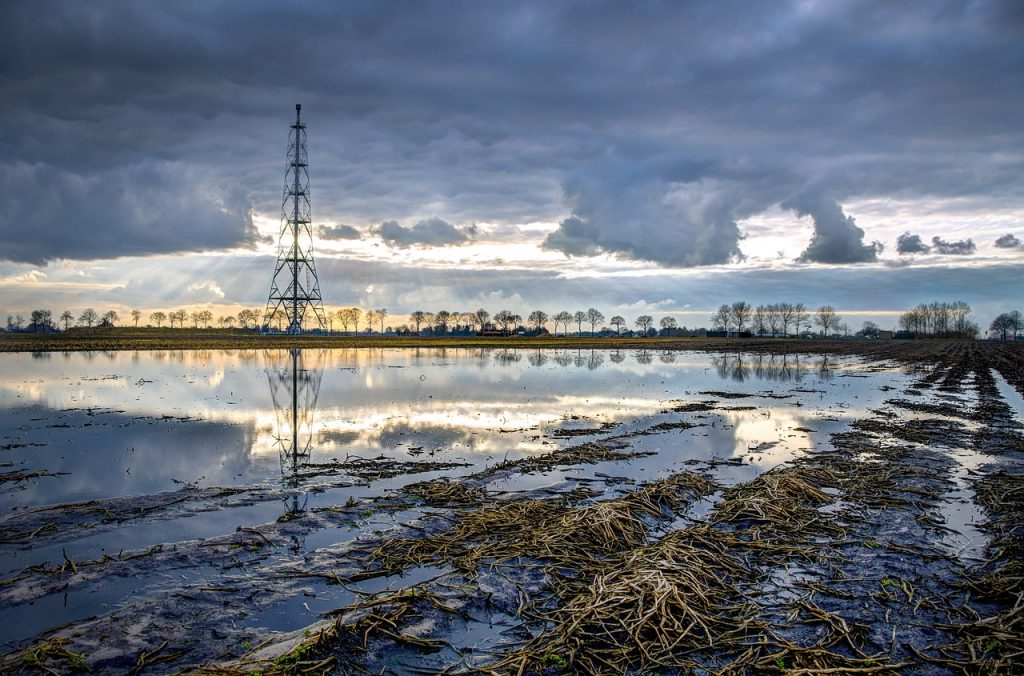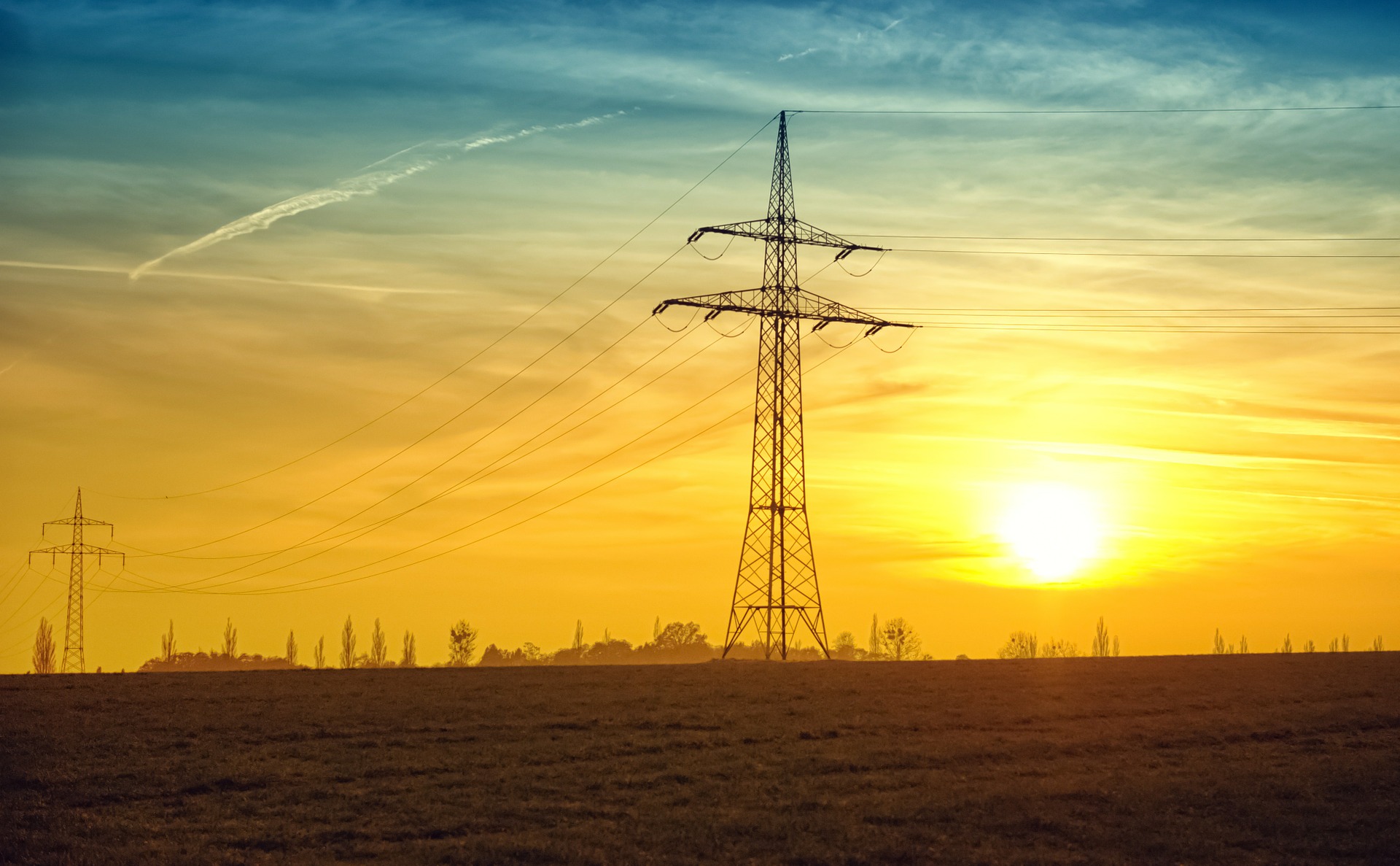While landfill rates continue to fall – and correspondingly, recycling rates continue to rise and overall domestic and business waste volumes drop – the way we manage our landfill sites is also a key area of focus in making sure we are doing everything we can to protect the environment over the long term.
Among the many different technologies in use is landfill gas-to-energy, a way of capturing the gas released from landfill sites in order to burn it off in power plants.
Is Landfill gas natural?
This is not ‘natural gas’ in the sense of the fossil fuel we mine from underground, but it is ‘a’ natural gas, in that it is released from landfill waste by biological processes – and the rubbish we dump will release this gas whether we plan to collect it or not.
Whether it is good for the environment to collect this gas and turn it into energy depends on who you talk to: obviously some organisations have a vested interest in saying it is good to do so, while environmental activists may object to anything describing landfill sites and their uses as ‘good’.
One option is to look to academics as a reasonably neutral source of information, and the University of Leicester’s Environment Team provides some valuable statistics about landfill gases and their use in energy generation.
In particular, for every tonne of landfill waste that is dumped, 200-400 cubic metres of gas is released, and back in 2004 about a third of the UK’s entire methane emissions came from landfill sites.
Between 1990 and 2005, landfill sites in the UK came under much greater attention as a source of gas for energy generation, and this helped to reduce atmospheric methane emissions by 61% – and the recovery of methane and other greenhouse gases for this purpose has only increased further since then.
Is gas-to-energy safe?

Methane, incidentally, is more than 20 times more potent than CO2 as a greenhouse gas, making it a key target for reducing atmospheric emissions as we work towards a more sustainable impact on the environment in the years to come.
The reason why views differ so greatly on this issue is simply that it is a complex subject: landfill gas-to-energy may be better for the environment than simply letting methane escape into the atmosphere, but it is still worse than if landfill waste were not dumped at all.
As such, it’s important to understand where you’re starting from when discussing the problem, as alternative measures like reducing the amount of waste we produce, reusing things more often, and recycling as much of our household and business waste as possible, are all clearly preferable to dumping large quantities of waste in landfill and then trying to deal with the substances they produce as they biodegrade.
But if you admit that a small portion of the materials we use in our daily lives will simply never have a useful second life or a method of processing it into something new and usable, then some landfill is inevitable.
For this percentage of the waste we produce, recovering the waste gases and using them in the production of clean energy is unarguably preferable to allowing them to contribute to our greenhouse gas emissions, particularly at a time when our carbon footprints are under ever-greater scrutiny in their own right.
